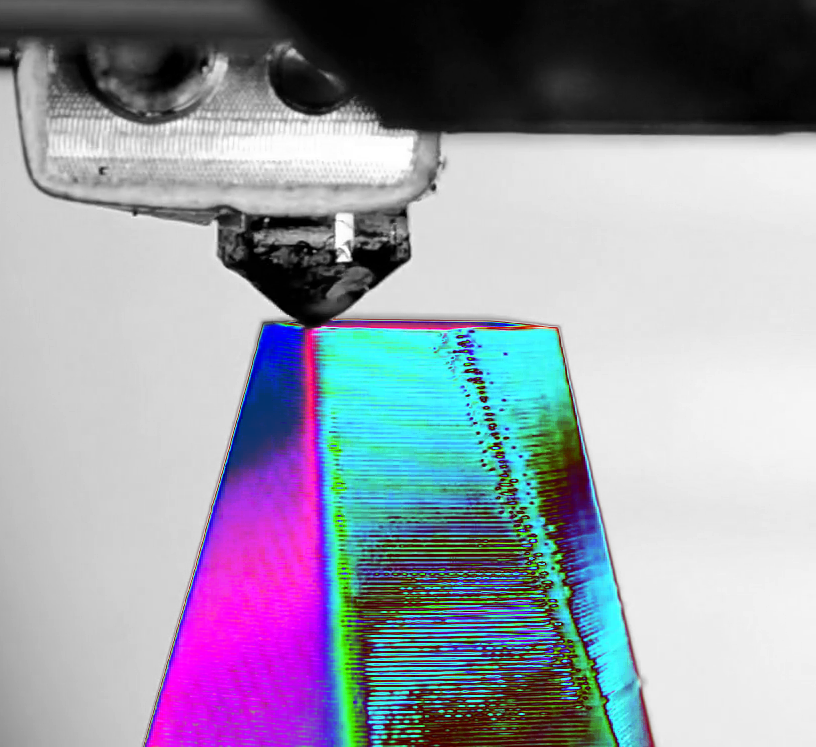Tasty prints tested
 3D printers could be the bakers of the future, according to international experts.
3D printers could be the bakers of the future, according to international experts.
A three-dimensional printing system capable of constructing cheesecake from edible food inks - including peanut butter, Nutella, and strawberry jam - is presented as a demonstration of a digital cooking approach in a Science of Food Perspective piece.
The authors suggest that precision printing of multi-layered food items could allow for more customisable foods, improve food safety, and allow users to control the nutrient content of meals more easily.
Many methods of cooking - such as using grills, ovens, stoves, and microwaves - require some level of manual involvement and operate by heating an entire area by a uniform amount, which can lead to heating inefficiencies.
3D food printing is currently in its infancy, but could grow in popularity due to its customisability, convenience, and other benefits.
To demonstrate the potential of 3D food printing, Jonathan Blutinger and colleagues attempted to print various cheesecake designs, consisting of seven key ingredients: graham cracker, peanut butter, Nutella, banana puree, strawberry jam, cherry drizzle, and frosting.
They found that the most successful design followed similar principles to building architectures and involved using graham cracker as a foundational ingredient for each layer of the cake.
Peanut butter and Nutella were best used as supporting layers to form pools to hold the softer ingredients: banana and jam.
The authors suggest that laser cooking and 3D food printing food may allow chefs to localise flavours and textures on a millimetre-scale to create new food experiences.
These techniques may present nutritious, convenient, and cost-effective cooking opportunities as they use high-energy targeted light for high-resolution tailored heating.
Additionally, with more emphasis on food safety following the COVID-19 pandemic, food prepared with less human handling may lower the risk of foodborne illness and disease transmission.







 Print
Print